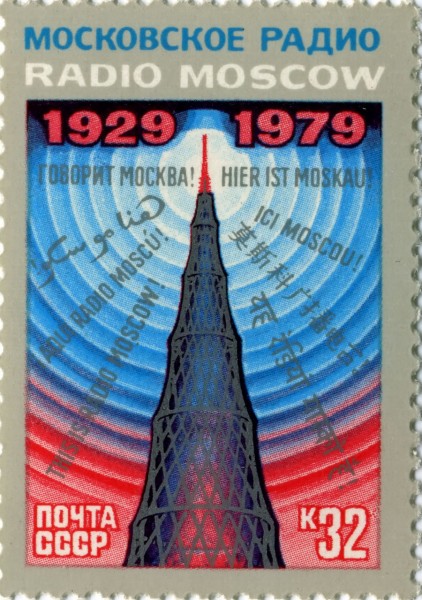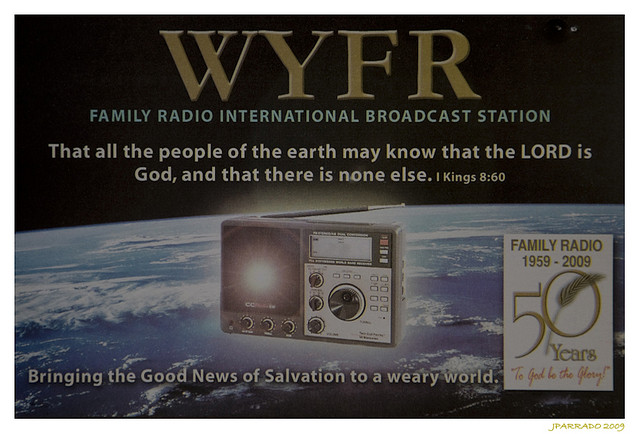Another government shortwave broadcaster calls it quits. The Voice of Russia (Голос России, Golos Rossii) will cut its shortwave service as of January 1st, 2014. Originally known as Radio Moscow, it has been on the air continuously since 1922. It will be sad to see yet another shortwave station pull the plug.

I can remember Radio Moscow being one of the first shortwave stations I tuned across on my Uncle’s Zenith Transoceanic shortwave radio. It was fascinating to me to hear the news from the far away and all too scary Soviet Union. After a short bit of interval music and a series of beeps counting down to the top of the hour, a man with a deep, sonorous voice came on and said “Zis is Moscow…” It was very dramatic.
The economics of HF broadcasting is daunting, to say the least. Minimum power levels in the US are 50,000 watts into a highly directional, high-gain antenna. Most stations use greater than 50 KW transmitters, which will very quickly use gobs of electricity, becoming an expensive operation. Other expenses include maintenance on transmitters, buildings, land, and antennas. With little or no opportunity to commercialize, it becomes difficult to justify a shortwave operation. Sadly, those are the state of affairs in HF broadcasting today.

